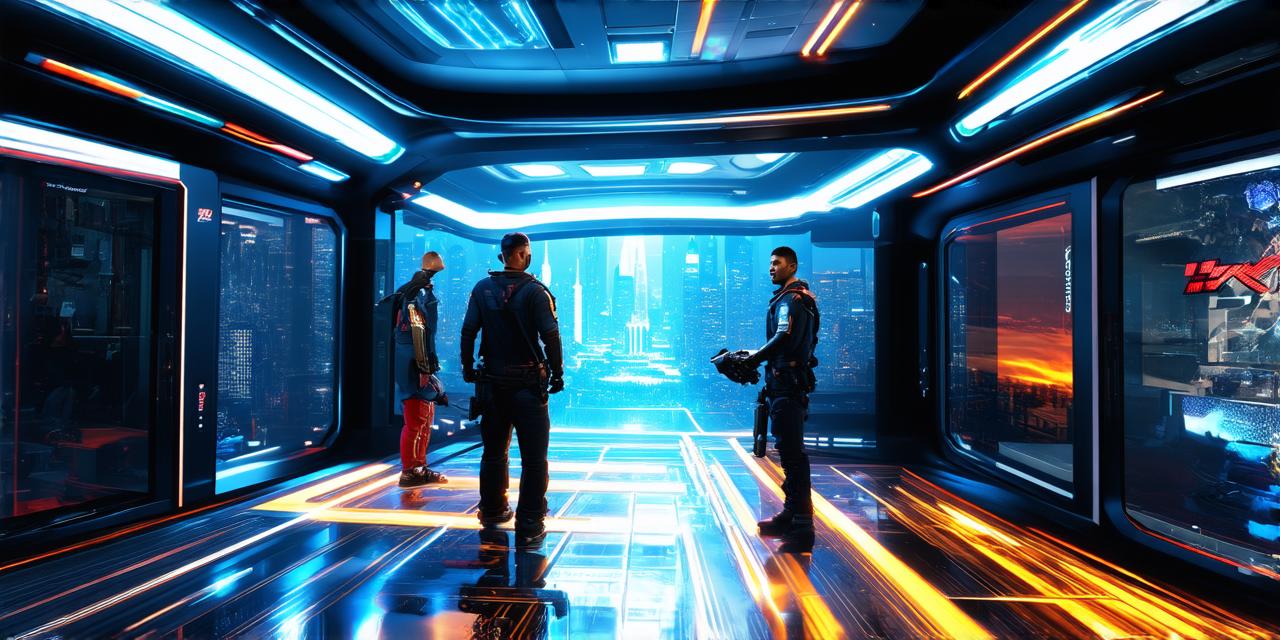Introduction
Augmented reality (AR) is an exciting technology that allows us to add digital elements to the real world. AR has the potential to revolutionize many industries, from gaming and entertainment to education and healthcare.
Applications of Augmented Reality in Gaming and Entertainment
One of the most well-known applications of AR is in gaming and entertainment. Games that use AR allow players to interact with digital elements in the real world, creating a more immersive experience. For example, Pokémon Go is an AR game that allows users to catch virtual creatures by exploring their environment.
Another popular AR game is IKEA Place, which lets users see how furniture would look in their home before buying it.
AR can also be used in the entertainment industry to create interactive experiences for concerts and events. For example, the band Gorillaz created an AR experience that let fans interact with the band’s virtual world during a concert.
Applications of Augmented Reality in Education and Training
AR has also found its way into education and training. AR can be used to create interactive lessons that engage students and make learning more fun. For example, an AR app called Aurasma lets teachers create lessons that include digital elements like 3D models and animations.
This allows students to interact with the material in a more immersive way, making it easier to understand.
AR can also be used for training in fields like manufacturing and healthcare. For example, an AR app called SketchUp allows workers to visualize their work in 3D, making it easier to spot errors and improve efficiency.
In healthcare, AR can be used to simulate surgeries and other medical procedures, allowing doctors to practice and perfect their skills before performing the procedure on a patient.
Applications of Augmented Reality in Marketing and Advertising
AR has also found its way into marketing and advertising. AR can be used to create interactive ads that engage consumers and make them more likely to remember the brand. For example, an AR app called Layar lets users see how furniture would look in their home before buying it, creating a personalized shopping experience.
AR can also be used to create experiential marketing campaigns that allow customers to interact with a brand in a unique way. For example, an AR campaign for Nike let customers try on shoes virtually, allowing them to see how they would look on their feet before buying them.
Applications of Augmented Reality in Retail and Commerce
AR has also found its way into retail and commerce. AR can be used to create personalized shopping experiences for customers, making it easier to find products that fit their needs. For example, an AR app called Zara lets customers see how clothes would look on them before buying them, creating a more personalized shopping experience.
AR can also be used to improve the efficiency of supply chain management. For example, an AR app called Vuforia allows workers to visualize parts and components in 3D, making it easier to spot errors and improve efficiency.

Applications of Augmented Reality in Healthcare and Medicine
AR has also found its way into healthcare and medicine. AR can be used to create interactive lessons that engage patients and make learning more fun. For example, an AR app called Aurasma lets doctors create lessons that include digital elements like 3D models and animations, making it easier for patients to understand their condition.
AR can also be used for telemedicine, allowing doctors to perform virtual consultations with patients who are unable to travel to the clinic.
